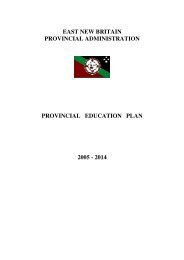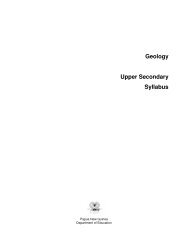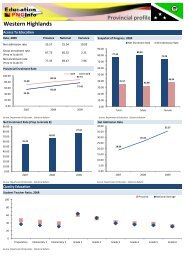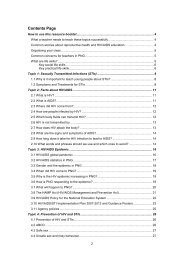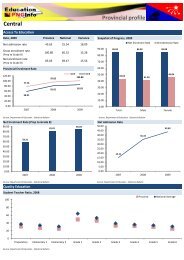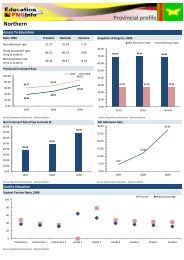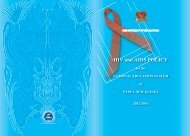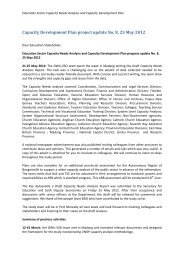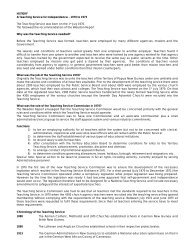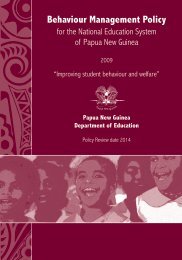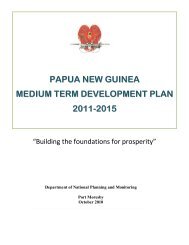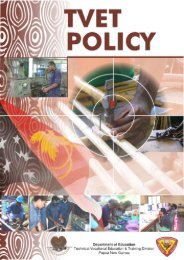Biology Upper Secondary Teacher Guide - Department of Education
Biology Upper Secondary Teacher Guide - Department of Education
Biology Upper Secondary Teacher Guide - Department of Education
You also want an ePaper? Increase the reach of your titles
YUMPU automatically turns print PDFs into web optimized ePapers that Google loves.
<strong>Biology</strong>• a syllabus that provides a clear sense <strong>of</strong> the syllabus standards throughits aims, outcomes and content• tasks designed to produce an image <strong>of</strong> what students have achieved atthat point in the learning and teaching process relative to the outcomes• standards <strong>of</strong> performance at different levels: the ‘performance standards’• a report that gives marks referenced to predetermined standards• assessment tasks that refer to syllabus outcomes, content, assessmentcomponents and component weightings• external exams that are based on syllabus outcomes and content.External markers use standards-referenced marking guidelinesdeveloped by the <strong>Biology</strong> examination committee• assessment that is better integrated with learning and teaching.See pages 47 and 48 for the learning outcomes performance standardswhich are criterion referenced and must be used for assessment purposes.Assessment for learningAssessment for learning is <strong>of</strong>ten called ‘formative assessment’. It isassessment that gathers data and evidence about student learning duringthe learning process. It enables you to see where students are havingproblems and to give immediate feedback, which will help your studentslearn better. It also helps you plan your program to make student learning,and your teaching, more effective. Often it is informal⎯students can marktheir own work or their friend’s. An example is a quick class quiz to see ifstudents remember the important points <strong>of</strong> the previous lesson.Assessment <strong>of</strong> learningAssessment <strong>of</strong> learning is <strong>of</strong>ten called ‘summative assessment’. It is used toobtain evidence and data that shows how much learning has occurred,usually at the end <strong>of</strong> the term or unit. End <strong>of</strong> year examinations areexamples <strong>of</strong> summative assessment. It is usually done for formal recordingand reporting purposes.Assessing <strong>Biology</strong> unitsIn <strong>Biology</strong> the learning outcomes are assessed using the range <strong>of</strong>assessment methods specified in the syllabus. In deciding what to assess,the first point to start is: ‘what do you want to students to do and/or learn?’and, following from this: ‘how will the students engage with the material?’.which leads to the design and development <strong>of</strong> learning tasks and activities. Itis crucial that at this point the assessment tasks clearly link back to thelearning outcomes and are appropriate for the learning activities. Theassessment can be used for formative and summative purposes.Assessment can be represented as follows:14



